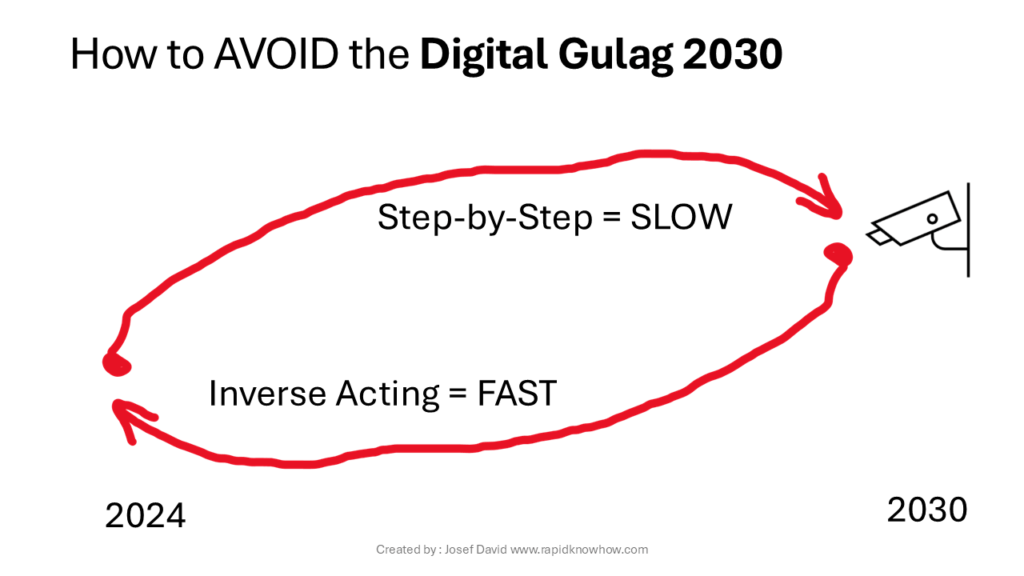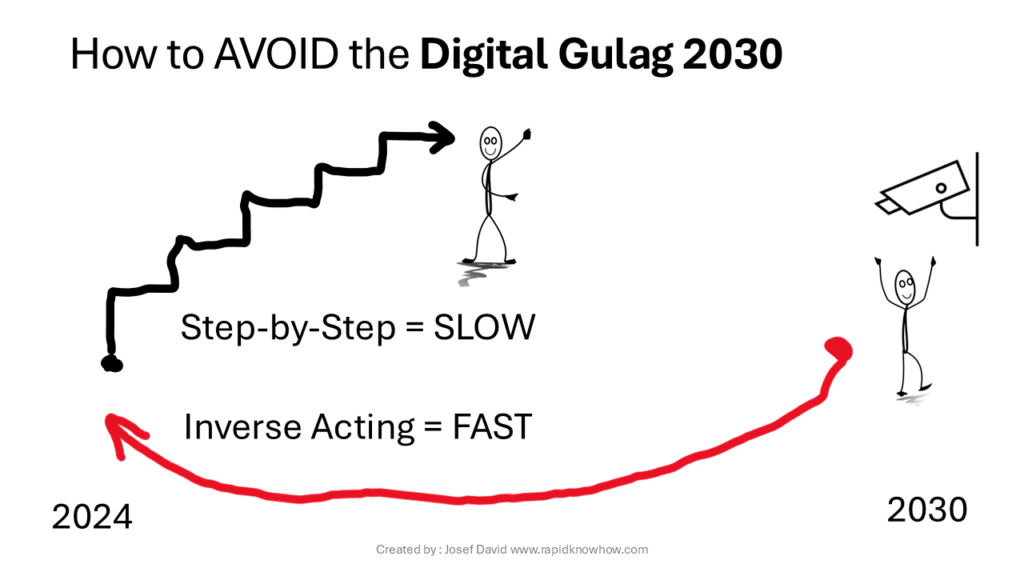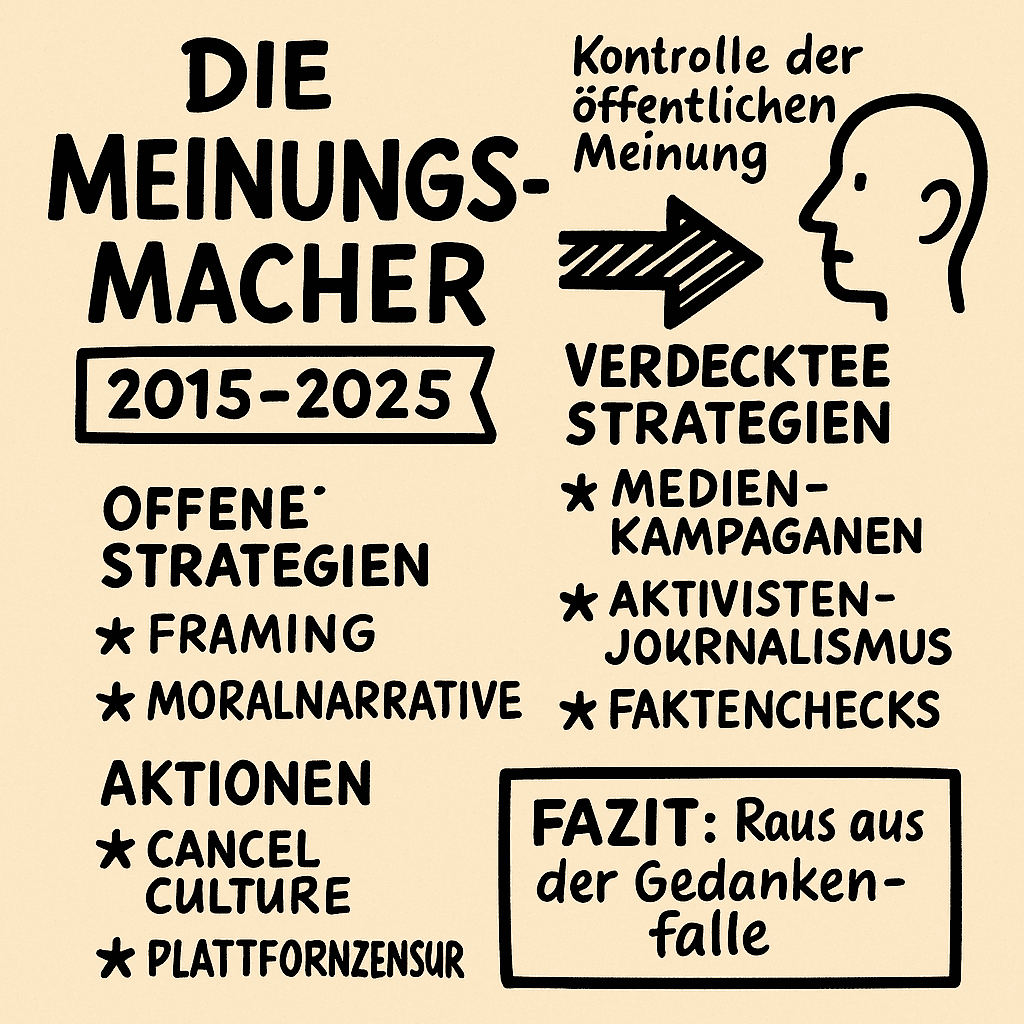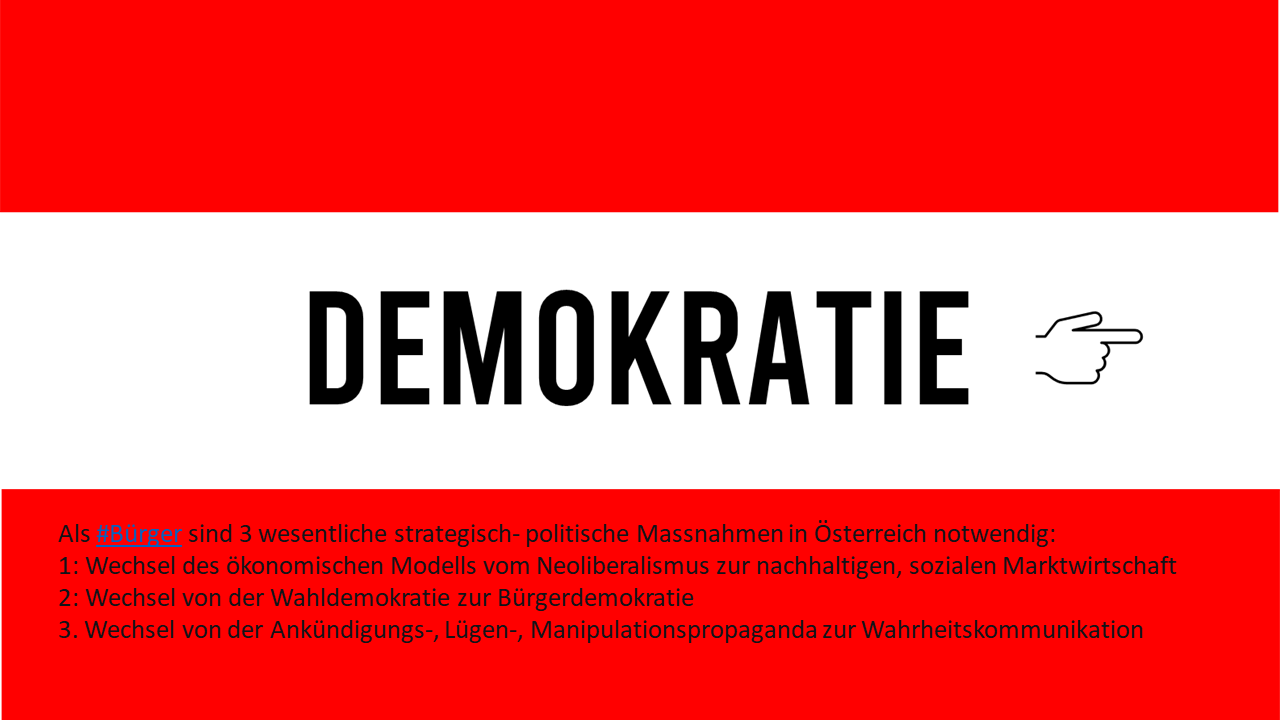**How to Avoid the Digital Gulag 2030: An Inverse Strategy Approach**
As we look toward the future, particularly the year 2030, there is growing concern about the potential for a “Digital Gulag”—a term that evokes images of a society where personal freedoms are curtailed by pervasive surveillance, data control, and digital authoritarianism.
To navigate this landscape and avoid falling into such a scenario, it is essential to adopt proactive strategies today.
One effective approach is to employ an Inverse Strategy, or Backwards Strategy, from the perspective of 2030. This method involves envisioning the outcomes we want to avoid and then working backward to identify actionable steps we can take now.
Josef David
Understanding the Digital Gulag Concept
Before diving into strategies, it’s important to clarify what is meant by the “Digital Gulag.” This term refers to a future where individuals are monitored continuously through technology, their data exploited without consent, and their freedoms restricted by algorithms that dictate behavior and access to information.

The implications of such a reality are profound: loss of privacy, diminished autonomy, and an erosion of democratic values.
The Inverse Strategy: Backwards Thinking from 2030

To effectively counteract the risks associated with a Digital Gulag, we can start by imagining what life might look like in 2030 if we fail to take action.
Here are some potential scenarios:
1. **Increased Surveillance**: Imagine a world where every action is tracked—where cameras equipped with facial recognition technology are ubiquitous, and personal data is harvested without consent.
2. **Restricted Access**: Picture a society where access to information is controlled by algorithms that prioritize certain narratives while suppressing dissenting voices.
3. **Loss of Autonomy**: Envision individuals who have become so reliant on digital platforms that they no longer make independent choices but instead follow recommendations dictated by AI systems.
By visualizing these outcomes, we can identify key areas where intervention is necessary. The goal is not just to react but to proactively shape our digital environment in ways that promote freedom and autonomy.
Conclusion
Avoiding the Digital Gulag in 2030 requires foresight and deliberate action today. By employing the RapidKnowHow Inverse Strategy—thinking backward from potential future scenarios—we can better understand the steps needed to safeguard our digital rights and freedoms. It’s crucial for individuals, communities, and policymakers alike to recognize the importance of maintaining control over our digital lives.
The 3 Must-Do Actions in 2024

To effectively steer away from a dystopian digital future, here are three essential actions that should be prioritized in 2024:
1. **Advocate for Stronger Privacy Regulations**: Engage with local and national policymakers to push for comprehensive data protection laws that prioritize individual privacy rights over corporate interests. Support initiatives that promote transparency in how data is collected and used.
2. **Educate Yourself and Others**: Increase your understanding of digital literacy—know your rights regarding data privacy and security. Share this knowledge within your community through workshops or online forums. Empower others to take control of their digital footprints.
3. **Support Decentralized Technologies**: Explore alternatives to mainstream platforms that prioritize user privacy and autonomy. Support decentralized technologies such as blockchain-based applications or peer-to-peer networks that reduce reliance on centralized authorities.
By taking these actions now, we can collectively work towards a future where technology serves humanity rather than controls it—a future free from the constraints of a Digital Gulag.





